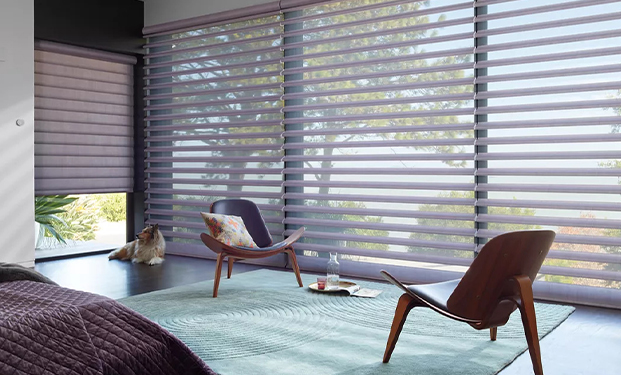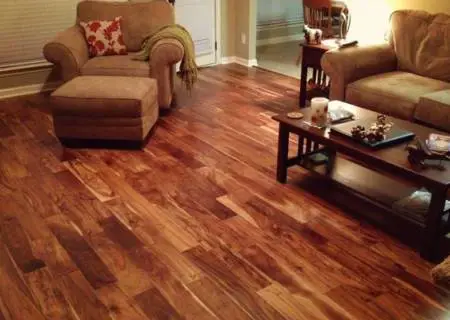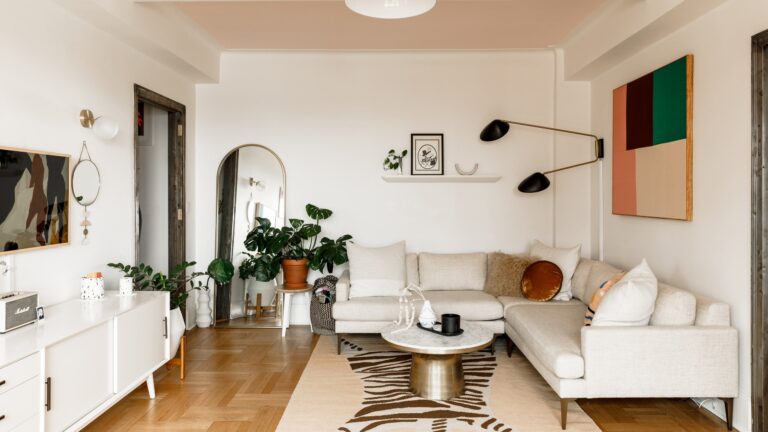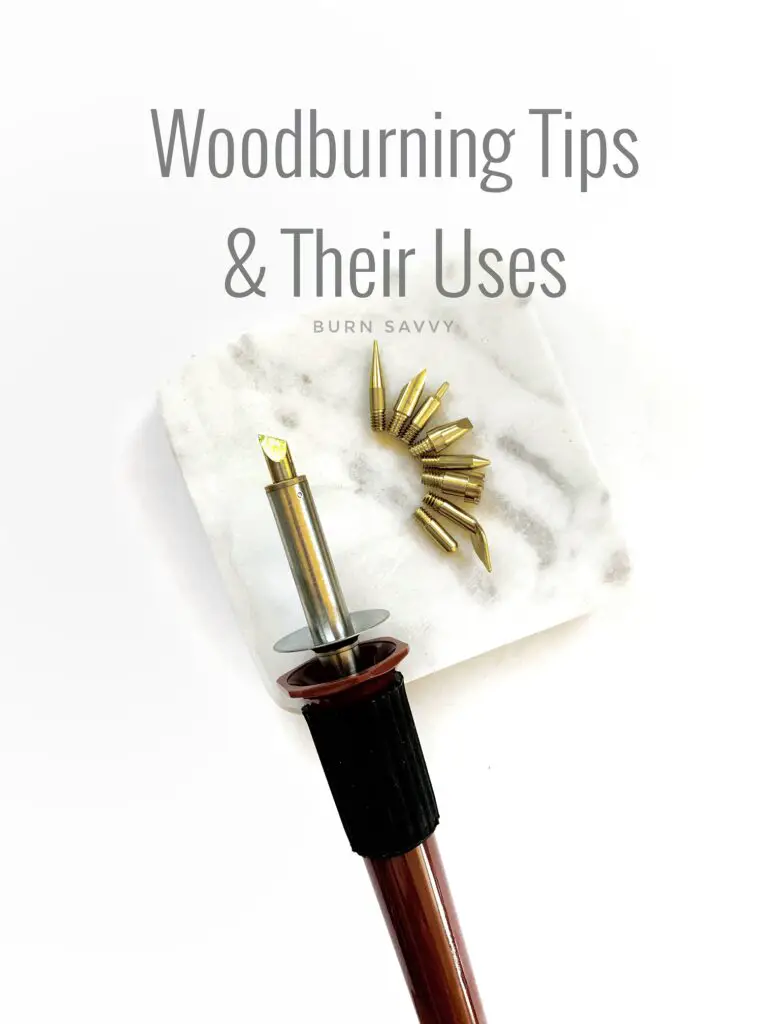What are Faux Wood Blinds Made of : Uncovering the Composition
Faux wood blinds are an excellent alternative to real wood blinds, offering the warm look of wood at a lower cost. They are made from a variety of materials designed to mimic the appearance and texture of real wood, while also providing added durability and resistance to moisture. In this article, we’ll explore the materials commonly used to make faux wood blinds and the benefits they offer.
Materials Used in Faux Wood Blinds
There are several materials used in the production of faux wood blinds, each with its own unique properties. The most common materials include:
1. Pvc (polyvinyl Chloride)
PVC is a synthetic plastic polymer widely used in various applications, including the production of faux wood blinds. It is known for its durability, water resistance, and fire retardant properties, making it an ideal choice for areas with high humidity such as bathrooms and kitchens. PVC faux wood blinds are also easy to clean and maintain, making them a practical option for busy households.
2. Vinyl
Vinyl is another popular material used in the manufacturing of faux wood blinds. It is a versatile material that can be shaped and molded to closely resemble the texture and grain of real wood. Vinyl faux wood blinds are lightweight, making them easy to install, and they are available in a wide range of colors and finishes to suit different interior décor styles.
3. Composite Wood
Composite wood refers to a blend of wood particles and synthetic materials such as PVC or vinyl. This combination results in a strong and durable material that closely resembles the look of real wood. Composite wood faux wood blinds are resistant to warping, cracking, and fading, making them an excellent choice for areas exposed to sunlight and temperature fluctuations.
Benefits of Faux Wood Blinds
Faux wood blinds offer several advantages over real wood blinds, thanks to the materials they are made of. Some of the key benefits include:
- Moisture Resistance: The synthetic materials used in faux wood blinds make them resistant to moisture, preventing warping and mold growth in humid environments.
- Durability: Faux wood blinds are highly durable and can withstand wear and tear, making them suitable for high-traffic areas.
- Cost-Effectiveness: They are an affordable alternative to real wood blinds, providing the look of wood at a lower price point.
- Easy Maintenance: Faux wood blinds are easy to clean and maintain, requiring only a mild cleaning solution and a damp cloth.
- Customization: They are available in a wide range of colors, finishes, and slat sizes, allowing for customization to fit any window size and interior style.

Credit: in.hunterdouglas.asia
Frequently Asked Questions For What Are Faux Wood Blinds Made Of : Uncovering The Composition
What Are Faux Wood Blinds Made Of?
Faux wood blinds are typically made of a mixture of vinyl and wood particles, offering a durable and affordable alternative to real wood blinds.
How Do Faux Wood Blinds Compare To Real Wood Blinds?
Faux wood blinds are often more resistant to moisture and damage, making them a popular choice for high-humidity areas such as kitchens and bathrooms. They also tend to be more budget-friendly.
Are Faux Wood Blinds Easy To Clean?
Yes, faux wood blinds are easy to clean with a damp cloth or a gentle cleaning solution. Their smooth surface makes them resistant to dust and easy to maintain.
Can Faux Wood Blinds Be Customized To Fit Unique Windows?
Faux wood blinds are highly customizable, and they can be tailored to fit windows of various shapes and sizes, including arched or angled windows.
Conclusion
In conclusion, faux wood blinds are made from synthetic materials such as PVC, vinyl, and composite wood, offering a cost-effective and practical alternative to real wood blinds. Their moisture resistance, durability, and easy maintenance make them a popular choice for homeowners looking to achieve the classic look of wood blinds without the drawbacks of natural materials. Whether you’re furnishing a bathroom, kitchen, or living space, faux wood blinds provide an attractive and functional window covering solution.





